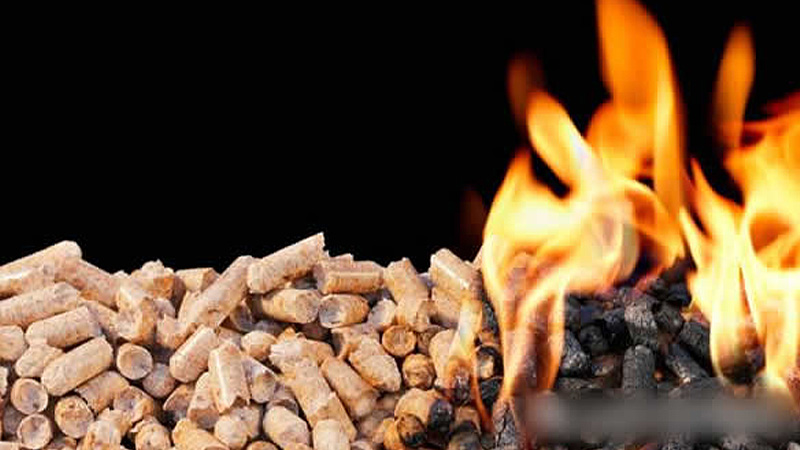From 2010 to 2021, the industrial wood pellets market will grow at an added value of approximately 1.66 million tons per year.
The pace of decarbonization will accelerate as climate protection becomes increasingly costly due to environmental damage worldwide. Wind and solar energy and large-scale energy storage solutions will become the new energy solution model in many countries. But it will take at least a decade, and possibly longer.
Asia is already an important market for pellet fuels and will continue to do so. Following this trend is imperative for European countries seeking to reduce coal power generation. In addition, other regions such as Canada and the United States may enact relevant strategic policies.
These external factors will lead to higher demand for pellet fuels if environmental climate disruption events continue to increase.

The supply capacity of the pellet fuel industry is not limitless. As discussed in several Future Metrics white papers, the growth of the pellet fuel industry is limited by the amount of forest resources. The main downstream users of forest products are producers of construction materials, paper, packaging and tissue. Pellet producers use by-products and logs from these industries.
Current policies supporting the replacement of pellets with coal have implemented rigorous third-party audits to ensure that carbon stocks in forests are not depleted. Future policies must do the same.
The wood pellet industry has room for significant growth, but it also has limitations. In other words, using pellet fuels can only be part of a broader strategy to decarbonize the power sector.
So what does this mean for the wood pellet export market in 2022 and beyond, especially in Canada?
Future Metrics expects wood pellet demand to grow by 8.9% from 2021 to 2022 and another 14.8% from 2022 to 2023. As countries roll out decarbonization policies, Future Metrics expects new demand in the U.S. and Canada to grow moderately in 2023. Japan and Germany are expected to increase demand by around 1 million tonnes per year in 2023.
However, demand for pellet fuels could grow at an annual rate of 3.73 million tonnes per annum in the next five years under favorable policies in the US, Germany and Japan. As Future Metrics discusses in its white paper, given climate disruption events With increasing frequency and severity, Japan and Germany will introduce decarbonization policies.
This is good news for all major pellet producing regions. Canada is regaining its leading wood chip supply position.
Canada's market share will increase as purchases are concluded between Canadian producers and Japanese buyers. In Japan, Greenhouse Gas (GHG) emission standards, likely by the end of 2022, are about to be set, which is also good news for Canada.
In 2021, large U.S. pellet producer Enviva publicly announced an off-take agreement to supply millions of tons per year to Japan. Once these contracts increase, the United States will join Canada and Vietnam as Japan's major supplier of wood chips.
During the remainder of the decade, it is possible to develop new pellet fuel production capabilities. Canadian producers have competitive (cost) wood fibers, a global reputation for sustainable environmental capabilities, and the best climates on the west and east coasts, making them well-placed to participate in supply chains.